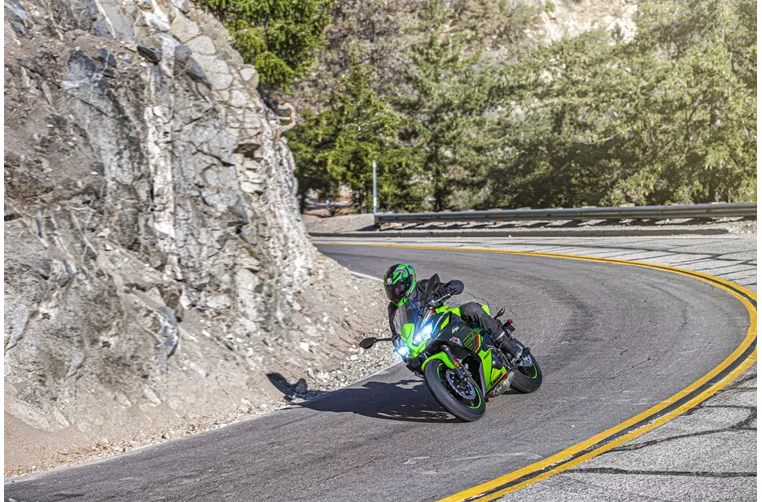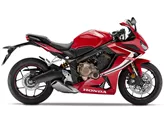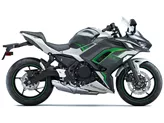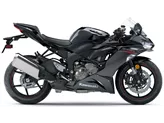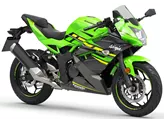Kawasaki Ninja 650 2023 vs. Kawasaki Ninja ZX-6R 636 2013
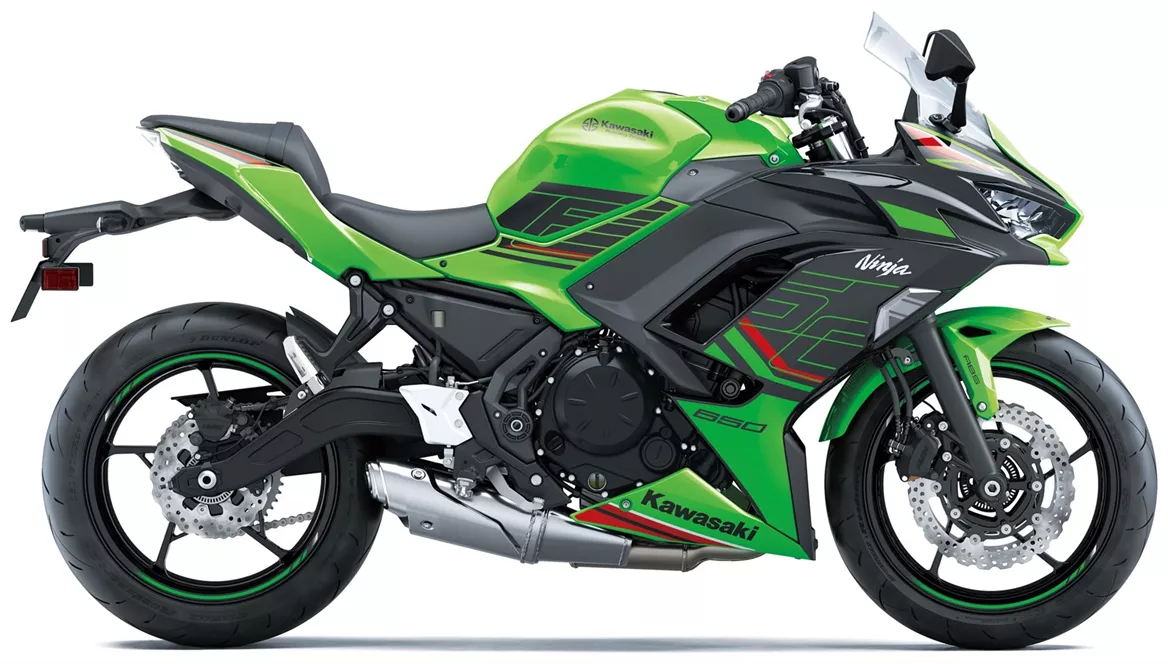
Kawasaki Ninja 650 2023

Kawasaki Ninja ZX-6R 636 2013
Overview - Kawasaki Ninja 650 2023 vs Kawasaki Ninja ZX-6R 636 2013
The Kawasaki Ninja 650 model year 2023 and the Kawasaki Ninja ZX-6R 636 model year 2013 are both supersport motorcycles with their own unique features and specifications.
Starting with the engine and drive train, both models have an in-line engine configuration. However, there are notable differences in terms of bore, stroke, engine power, torque, compression ratio, and number of cylinders. The Ninja 650 2023 has a bore of 83 mm, stroke of 60 mm, engine power of 68.2 HP, torque of 65.7 Nm, compression ratio of 10.8, and 2 cylinders. On the other hand, the Ninja ZX-6R 636 2013 has a bore of 67 mm, stroke of 45.1 mm, engine power of 131 HP, torque of 71 Nm, compression ratio of 12.9, and 4 cylinders. These differences indicate that the Ninja ZX-6R 636 2013 has a more powerful engine compared to the Ninja 650 2023.
In terms of suspension, the Ninja 650 2023 features a telescopic fork for the front suspension, while the Ninja ZX-6R 636 2013 has an upside-down telescopic fork. Both models have rear suspension adjustment options, with the Ninja 650 2023 offering preload adjustment and the Ninja ZX-6R 636 2013 offering compression, preload, and rebound adjustment. This suggests that the Ninja ZX-6R 636 2013 provides more flexibility in suspension customization.
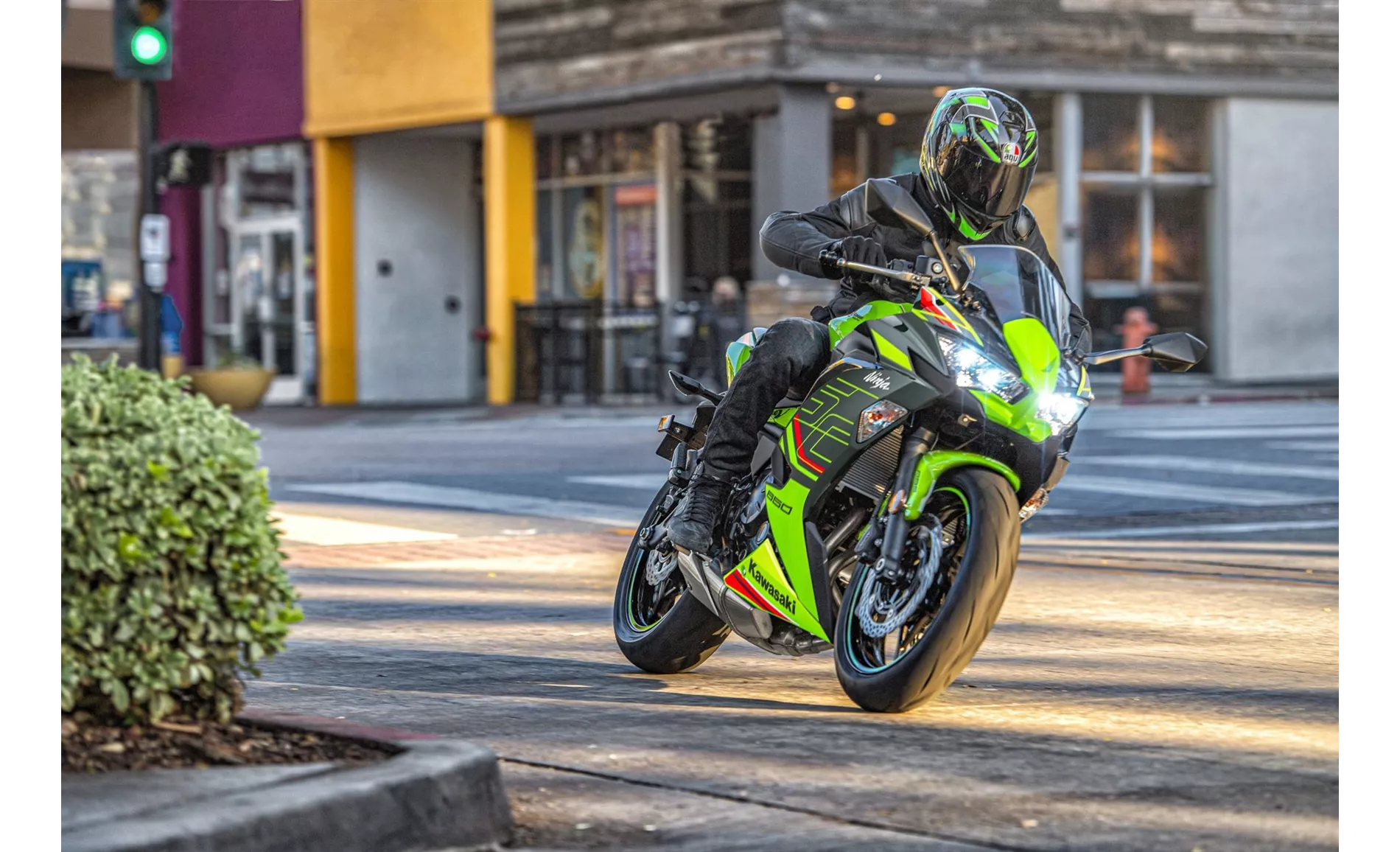
Kawasaki Ninja 650 2023
Moving on to the chassis, the Ninja 650 2023 has a steel frame, while the Ninja ZX-6R 636 2013 has an aluminum frame. Additionally, the Ninja ZX-6R 636 2013 has a twin tube, perimeter, extruded frame type, which may contribute to its good handling. The Ninja 650 2023, on the other hand, has a tubular frame type. These differences in chassis construction may affect the overall weight and handling characteristics of the motorcycles.
Both models have double disc brakes at the front, but the Ninja ZX-6R 636 2013 has radial, monoblock, petal technology, which suggests better braking performance compared to the Ninja 650 2023's petal technology. It is important to note that the Ninja 650 2023 is equipped with advanced rider assistance systems such as ABS and traction control, while the Ninja ZX-6R 636 2013 only has traction control.
In terms of dimensions and weights, both models have the same front tire width of 120 mm and front tire diameter of 17 inches. However, there are differences in rear tire width, rear tire diameter, wheelbase, seat height, kerb weight (with ABS), and fuel tank capacity. The Ninja ZX-6R 636 2013 has a wider rear tire width of 180 mm, smaller rear tire diameter of 17 inches, shorter wheelbase of 1395 mm, higher seat height of 830 mm, slightly higher kerb weight of 194 kg (with ABS), and larger fuel tank capacity of 17 liters compared to the Ninja 650 2023's rear tire width of 160 mm, rear tire diameter of 17 inches, wheelbase of 1410 mm, seat height of 790 mm, kerb weight of 193 kg (with ABS), and fuel tank capacity of 15 liters. These differences in dimensions and weights may impact the overall handling and maneuverability of the motorcycles.

Kawasaki Ninja ZX-6R 636 2013
In terms of strengths, the Ninja 650 2023 is suitable for touring, comfortable, and has a safety package including ABS and traction control. It is also described as very accessible and ergonomically versatile, with a typical Ninja look. On the other hand, the Ninja ZX-6R 636 2013 is praised for its sharpened geometry, okay seating position, good handling, and uncompromising reliability.
However, both models have their weaknesses. The Ninja 650 2023 is criticized for its average chassis and brakes, as well as the laborious adjustment of the rear shock absorber. The Ninja ZX-6R 636 2013, on the other hand, is noted for its high purchase price.
In conclusion, the Kawasaki Ninja 650 2023 and the Kawasaki Ninja ZX-6R 636 2013 have their own unique features and specifications. The Ninja 650 2023 is more suitable for touring and offers a comfortable riding experience with advanced rider assistance systems. On the other hand, the Ninja ZX-6R 636 2013 provides a more powerful engine, good handling, and uncompromising reliability. It is important for potential buyers to consider their own riding preferences and priorities when choosing between these two models.
Technical Specifications Kawasaki Ninja 650 2023 compared to Kawasaki Ninja ZX-6R 636 2013
Pros and Cons in comparison
Pros and Cons in comparison
Kawasaki Ninja 650 2023
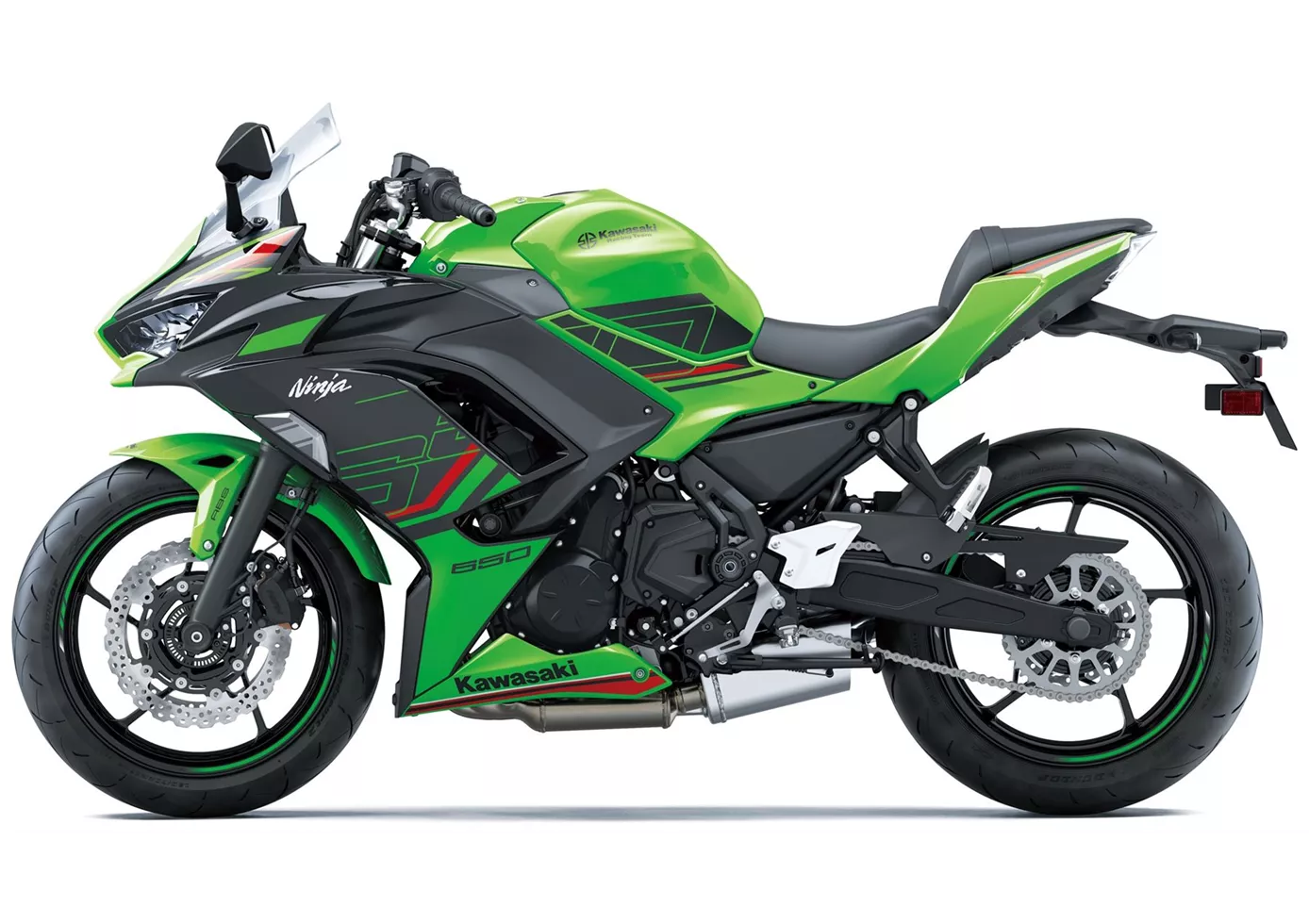
To judge the Kawasaki Ninja 650 purely on its paper form would be a serious mistake. The two-day test showed once again that performance data carries more weight at the pub table than in the wild. Kawa's sports tourer does exactly what it is supposed to and, thanks to the constant revision and the new features added for 2023, is still an enrichment for the class. Only hobby racers should be warned, as the name Ninja still stirs up a certain expectation that the 650 does not fully meet.
Kawasaki Ninja ZX-6R 636 2013

The Kawa convinces with its good handling and uncompromising reliability. A strong motorbike, but definitely not a bargain.
Price Comparison Avarage Market Price Kawasaki Ninja 650 vs Kawasaki Ninja ZX-6R 636
There are a few key differences between a Kawasaki Ninja 650 2023 and a Kawasaki Ninja ZX-6R 636 2013. There are the same number of bikes of both models available on the 1000PS.de marketplace, specifically 112. It takes less time to sell a Kawasaki Ninja ZX-6R 636 with 122 days compared to 137 days for the Kawasaki Ninja 650. Since model year 2017 1000PS.de editors have written 20 reviews for the Kawasaki Ninja 650 and 7 reviews for the Kawasaki Ninja ZX-6R 636 since model year 2013. The first review for the Kawasaki Ninja 650 was published on 10/4/2016 and now has more than 79,600 views. This compares to more than 20,800 views for the first review on Kawasaki Ninja ZX-6R 636 published on 12/3/2012.
